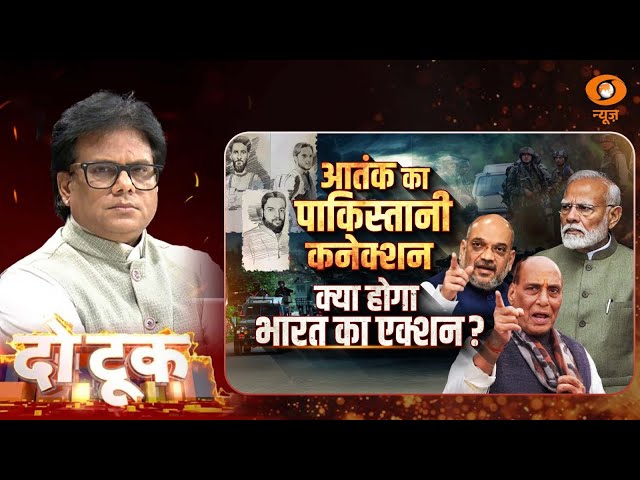India’s democratic framework, known for its vibrant electoral process, could soon witness a significant transformation with the introduction of the One Nation, One Election concept. This proposal aims to synchronize the election cycles of the Lok Sabha and State Legislative Assemblies, allowing citizens to vote for both national and state governments on the same day. The approach seeks to tackle the logistical challenges, cost burdens, and disruptions caused by the frequent and fragmented nature of elections across the country.
The idea of holding simultaneous elections has been gaining momentum, with the High-Level Committee on Simultaneous Elections, headed by former President Ram Nath Kovind, presenting a detailed report in 2024. The committee’s recommendations have been accepted by the Union Cabinet on 18th September 2024, marking a crucial step toward electoral reform. Supporters of the idea argue that it will streamline administrative processes, reduce election-related expenditures, and promote continuity in governance.
Historically, the practice of simultaneous elections was not unfamiliar to India. Following the adoption of the Constitution, elections to the Lok Sabha and all State Legislative Assemblies were held together from 1951 to 1967. However, this synchronized schedule was disrupted in 1968 and 1969 due to the premature dissolution of several State Assemblies. The Fourth Lok Sabha was also dissolved early in 1970, leading to fresh elections in 1971. Since then, frequent disruptions in both the Lok Sabha and State Assemblies have resulted in staggered election cycles across the country.
The High-Level Committee on Simultaneous Elections was constituted by the Government of India on 2nd September 2023 with the task of examining the feasibility of aligning the election cycles of the Lok Sabha and State Legislative Assemblies. In its findings, the committee received over 21,500 responses from the public, with a significant 80% in favor of simultaneous elections. The responses came from diverse regions across the country, with notable support from states like Tamil Nadu, Maharashtra, Karnataka, and Uttar Pradesh. While the idea was widely supported, some political parties, particularly regional ones, raised concerns about the potential marginalization of their voices in a system dominated by national campaigns.
The committee also consulted with former chief justices of India, election commissioners, and legal experts. A majority of them endorsed the concept, citing the waste of resources and socio-economic disruptions caused by frequent elections. Business organizations such as CII, FICCI, and ASSOCHAM also expressed their support, emphasizing the positive impact that simultaneous elections could have on economic stability by reducing the disruptions and costs associated with repeated election cycles.
To implement the proposal, the committee recommended amendments to Articles 82A and 324A of the Indian Constitution. These changes would enable the synchronization of elections not only for the Lok Sabha and State Assemblies but also for local bodies, such as municipalities and panchayats. The committee suggested a two-phase implementation approach. The first phase would involve aligning the elections for the Lok Sabha and State Assemblies, while the second phase would integrate local elections with these larger elections within 100 days.
A key recommendation by the committee is the creation of a Single Electoral Roll and a Single EPIC (Electors Photo Identity Card) to streamline the electoral process and reduce duplication. This harmonization would ensure greater efficiency and safeguard voter rights by eliminating errors in the electoral process.
The rationale for simultaneous elections is based on several compelling factors. Proponents argue that frequent elections across the country divert attention from governance, as political parties and governments focus on campaigning rather than policy implementation. Synchronizing elections would allow governments to concentrate on developmental activities and welfare schemes, ensuring more consistent governance. Furthermore, holding elections together would mitigate the impact of the Model Code of Conduct (MCC), which often halts administrative progress during election periods. This would also reduce the uncertainty and policy paralysis caused by prolonged election campaigns.
Moreover, the need for large-scale resource deployment for election duties, such as polling officials and security personnel, would decrease with simultaneous elections. This would allow these resources to be redirected toward more pressing governmental functions. Supporters also argue that simultaneous elections would not diminish the relevance of regional parties. Instead, it would encourage local political discourse and ensure that regional issues are not overshadowed by national campaigns, preserving the distinctiveness of regional political voices.
From a financial perspective, the proposal offers significant savings by eliminating the repeated expenses associated with holding multiple elections. By cutting down on the manpower, equipment, and security costs incurred during each election cycle, the system promises more efficient resource allocation, contributing to better fiscal management and fostering an environment conducive to economic growth.




















